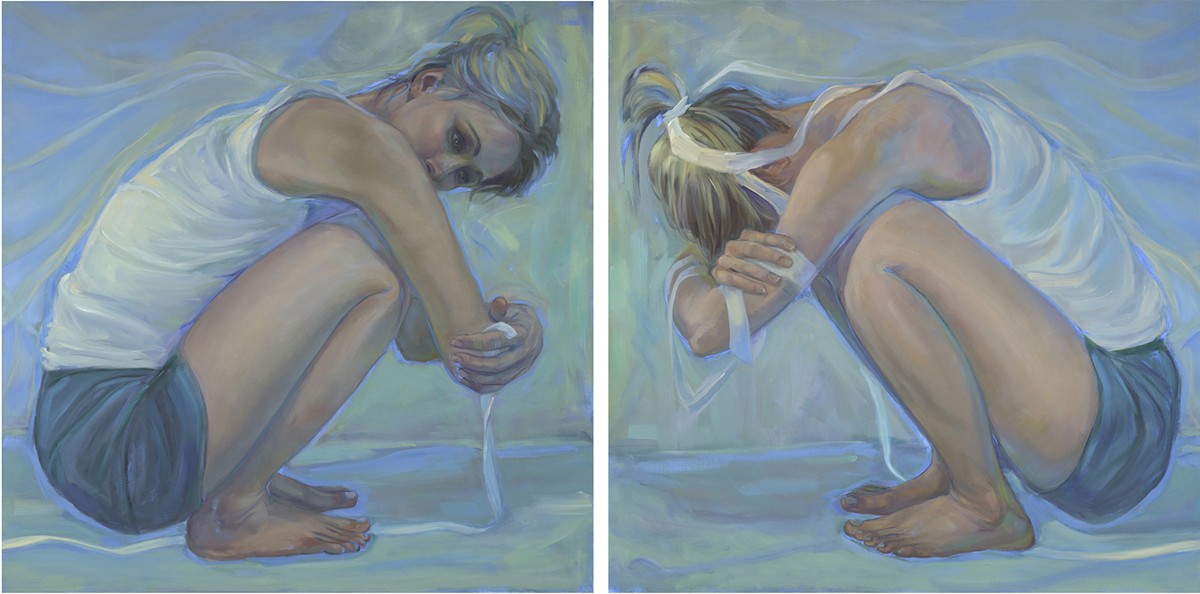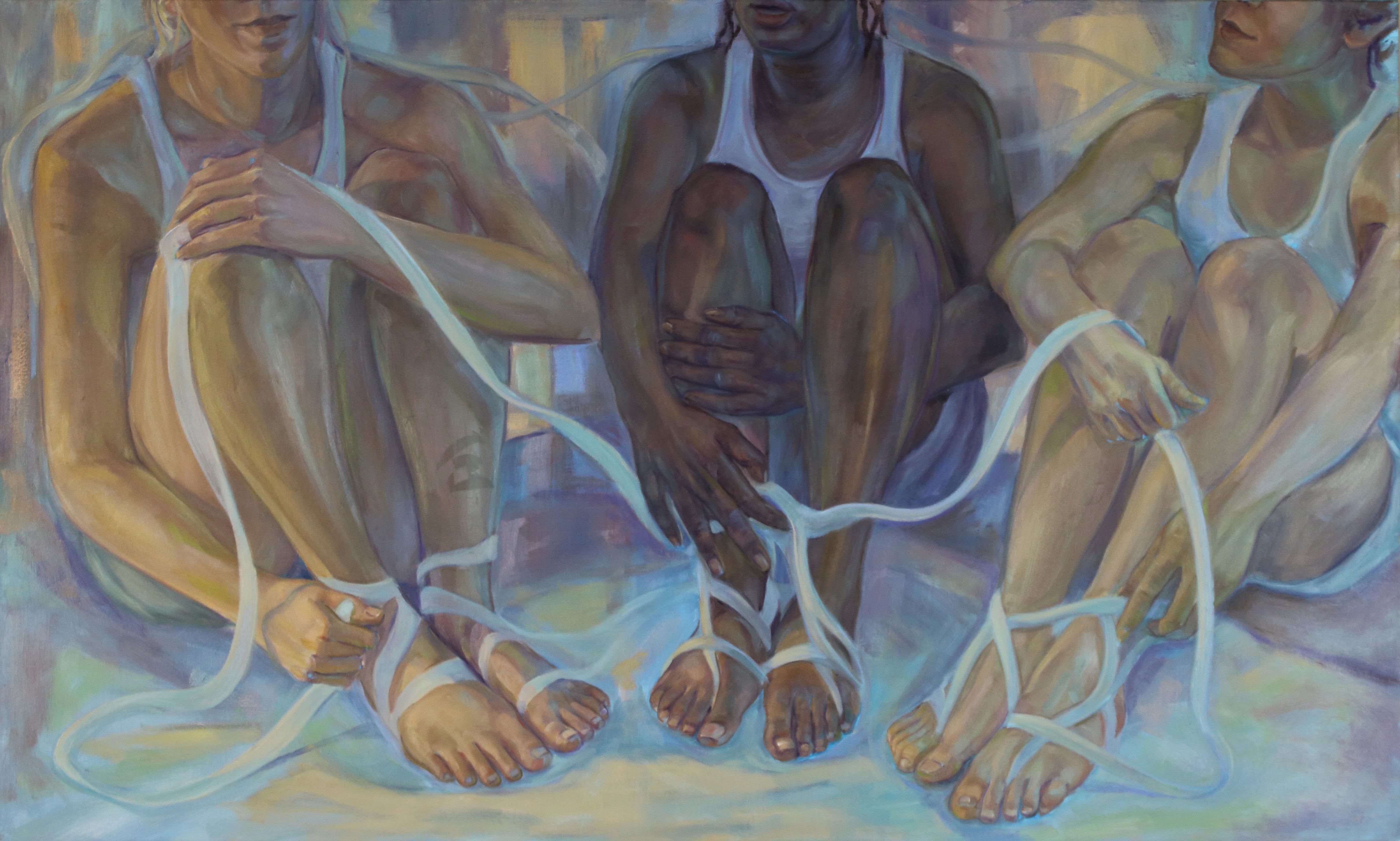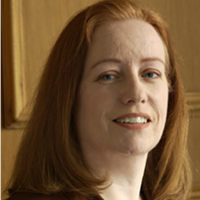Painter Debra Lott (debralott.com) has something important to say with her art, and she said she’s “often referred to as a social commentary artist.” Her latest commission is at the new Norton Cancer Institute on Brownsboro Road, with the opening ceremony on Oct. 24.
LEO: What type of artist are you? Debra Lott: My paintings often embody the female form, specifically women adjusting and coping with contemporary challenges. I’ve been painting compositions of the female figure for the last 20 years that feature and uplift women. I’ve been told that I’m the type of artist that expresses meaning in their work and often referred to as a social commentary artist. I’ve received three Kentucky Foundation for Women grants. Two years ago, my exhibit at PYRO Gallery in Louisville was a satire on the media’s portrayal of women and how it affected women’s body image. Before that exhibit, I featured the marginalized elderly woman with large portraits of women from nursing homes and a large-scale triptych of three young girls that were residents of The Center for Women and Children now on display at the Center.
Please explain your artistic process. Like most artists, I’m a visual person who’s inspired by the world and people around me. I’m attracted visually to patterns, strong contrast and dramatic lighting. I enjoy unique figurative compositions and design. My process starts with a visual inspiration or thought. I hire models and usually take hundreds of photographs to try and capture my intention. The paintings are never a replica of the photographs; the images are a source or reference for my inspiration. I also like to experiment with a variety of styles and techniques. I paint every day, so my photographs are always available while the models are not.
Your recent exhibition at PYRO Gallery is based on the #MeToo movement. Why did you decide to do that? My work often uplifts women and deals with issues affecting women directly. Sexual harassment and abuse against women has been prevalent for centuries. There’s very few women who have not been affected in some way. This new movement created a platform where women could communicate freely and be supported. I wanted to be part of that voice. I also like my artwork to be part of a healing process. In my most recent body of work, the paintings are created in the context of the #MeToo movement at the pivotal moment women break free from the culture of sexual harassment. The inspirations for this series are the women breaking the silence of sexual abuse. They are the community of survivors who are in the process of healing and moving forward together. The actual subjects of these paintings are survivors and represent ‘The Silence Breakers’. To visually communicate the sexual harassment and abuse I’ve incorporated white ribbons and cords into the paintings as symbols of bondage — the ‘attached strings’ that have manipulated women and muffled their voices. The ribbons are unraveling; they are breaking. For me, this exhibit encourages victims, gives them a voice and promotes healing and hope. The paintings celebrate women standing together, leaning on and aiding one another to encourage healing.
What do you want to do that you haven't done? I would like to work in a larger scale containing complex figurative compositions and multiple models. I would like to experiment with more abstraction.
Who are some of the artists you admire? N.C. Wyeth, Egon Schiele, Kathe Kollwitz, John Singer Sargent, Andrew Wyeth, Lucian Freud, John Currin, Jenny Seville.








